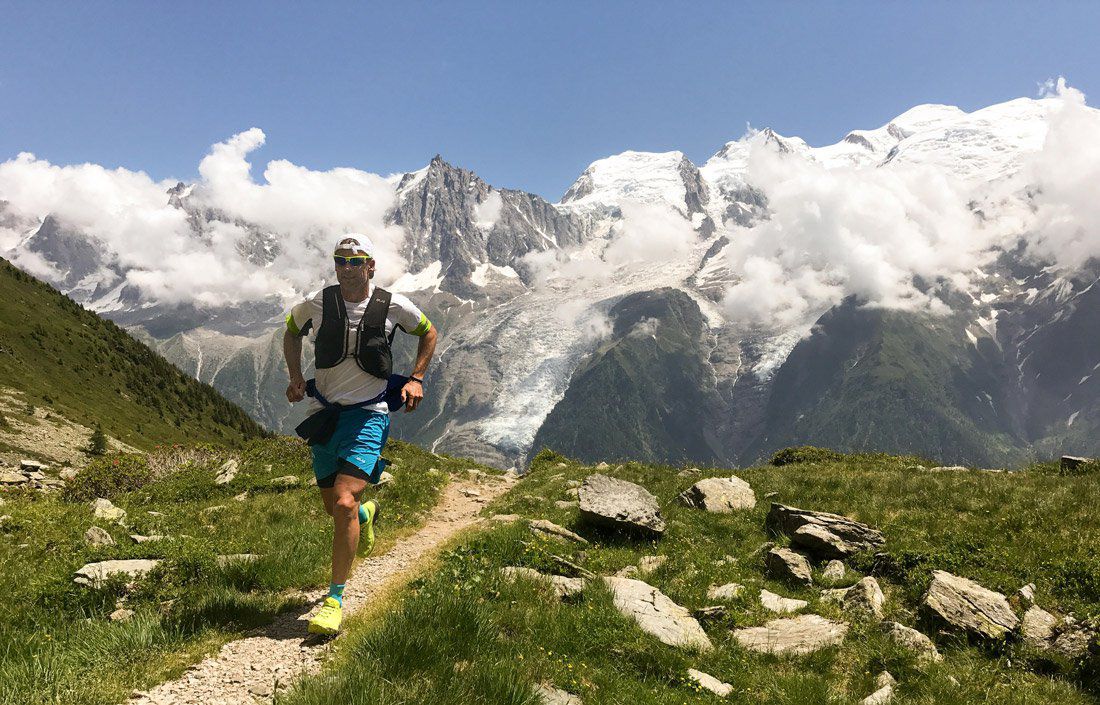
How To Get Into Running
Whether you're looking to pound the pavement or hit the trails, learn how to get into (or back into) running with these essential tips.
Running is one of the best and easiest ways to stay in shape—it’s good for the mind, body, and soul, and can pretty much be done anywhere, anytime, by anyone. Though running doesn’t necessarily require specialized skills or a trunk full of technical gear, there are a few essentials you’ll need, and a few important basics to learn before you start running. It may be tempting to just grab your old sneakers and head out the door, but getting the right gear can significantly increase your comfort, your enjoyment, and your likelihood of maintaining the habit and routine of running—often the most difficult part. At Gear.com, we believe that gear is just the gateway—once you’re outfitted with the essentials, the roads, trails, and wild places of the world become an endless playground, and all you need is your own two feet to take you there!
Tips For Getting Into Running

Environment & Planning
Knowing your environment and planning accordingly is super important, especially for those venturing out on the trails and in the mountains. Is there a chance of bad weather while you’ll be out? Will you need any kind of navigation tools? Is there an opportunity to change course or shorten your run if needed? How much time do you have for your run? What is the sun exposure like? All of these questions will affect what you bring and how you approach your run. City or topo maps and local running guidebooks can be a huge help in this planning process.

Nutrition
Since running is such a high-output cardio pursuit, your body is constantly burning calories, and it’s incredibly important to keep yourself properly fueled before, during, and after your run. Supplementing your water with a hydration mix that contains salt will help keep your electrolytes elevated, and chews, gels, or bars will help provide your body with fast-acting energy when you’re on the move. Finishing with a protein shake or recovery mix will help replenish what your body has lost during intense exercise. It’s important to experiment and find what foods and nutrition plans work for your body and style of running.

Training & Recovery
Whether or not you have racing ambitions, a regimented training program is a great way to keep your running on track and monitor your progress. Setting aside 30 to 45 minutes, three times a week is a great place to start. Note how you felt before, during, and after your run, and log your time on a particular run. Hold running as a hard appointment with no out or excuses. From there you can graduate to specific training plans designed for marathons, ultras, or other specific running goals you may have. It’s also incredibly important to prioritize rest and recovery—days off will allow your muscles to heal and build.

Technique
Most of us might say we know how to run (how complex could it be?), but executing the proper form and technique while running puts the load on the proper muscle groups, reduces strain on your joints and bones, and lowers your chances of getting injured. Strive to land on and spring off of the balls of your feet (as opposed to striking with your heel), and take shorter strides on the trail than you would on the road. Keep your feet under you and swing your arms to maintain balance. If hills or obstacles like rocks or tree roots are ahead, slow your pace, shorten your stride, and keep your back straight. It’s not cheating to walk through steep or difficult sections!
What Gear Do I Need to Start Running?

Shoes
Choosing the right running shoe is the number one gear consideration for any runner, whether you’re racing on the city streets or crushing huge distances in the mountains. If you’re wondering how to get into trail running, you might consider looking into getting trail running shoes. Trail shoes will usually have more of a focus on traction, durability, and stability than those designed for pavement or roads. At Gear.com, we are big fans of zero-drop-style shoes, which feature a flat platform for your foot (unlike traditional shoes which slope from back to front) that encourages a more natural stride. Though switching to this style of shoe may take some adjustment, zero-drop styles can reduce pain and lower the risk of injury in the long-term.

Socks
Socks provide a comfortable interface between your foot and your shoe, and any good pair should be breathable, supportive, quick to dry, and durable. The level of cushion and warmth you’ll need will depend on the time of year and the style of running you’re doing. Your classic pair of cotton tube socks just won’t cut it—choose a technical pair that encourages airflow, stretches and retains its shape, and won’t leave you with swamp foot. We are also big fans of high-performance compression socks, which increase blood circulation, reduce muscle fatigue, and speed up recovery

Apparel
Running clothing should be lightweight, breathable, and odor-resistant, but should also offer some measure of protection from the wind and light elements, especially if you’re out running mountain trails. Like any active pursuit, your clothing layers will vary with your location the seasons—in the summer, a light pair of shorts, wicking T-shirt, and a wind-resistant jacket will usually suffice. In the winter or shoulder seasons, you may need to add in an insulating mid-layer, a stretchy, close-fitting pair of tights, a beanie, and gloves.

Packs
As you begin to form your running habits you’ll quickly realize if you prefer to run with music, water, or other items such as extra layers for longer runs in variable seasons. Having the right running pack can make bringing these additional pieces of gear as easy as tying your laces. Click through to our running pack guide to learn more.

Other Gear
Depending on where, at what time of day, and what time of year you’re running, there’s a variety of other essential equipment you may need to increase the safety, comfort, and enjoyment of your run. If you’re getting up early or there’s a chance you’ll be out past dark, a good, bright headlamp is a must. Running in the desert or exposed to high-altitude areas? Don’t forget the sun protection! A watch with GPS functionality can do double duty as a timepiece and navigation tool, and a basic first-aid kit can clean up any unexpected tumbles. Mountain runners may also like to carry a lightweight, collapsible pair of trekking poles for rugged uphill climbs.

Recovery
Taking days off is especially important when starting a new routine. Allowing your muscles time to heal and recover from this new activity will ensure you avoid injury and continue to develop this new habit. Recovery should take the form of days off and hydration drinks post-run to replenish your body with fluids and electrolytes.
Gear.com Makes Getting Into Running Easy
Getting into running might seem intimidating, but by following our tips and getting the proper running gear you will be outside running in no time. Shop all running gear here!




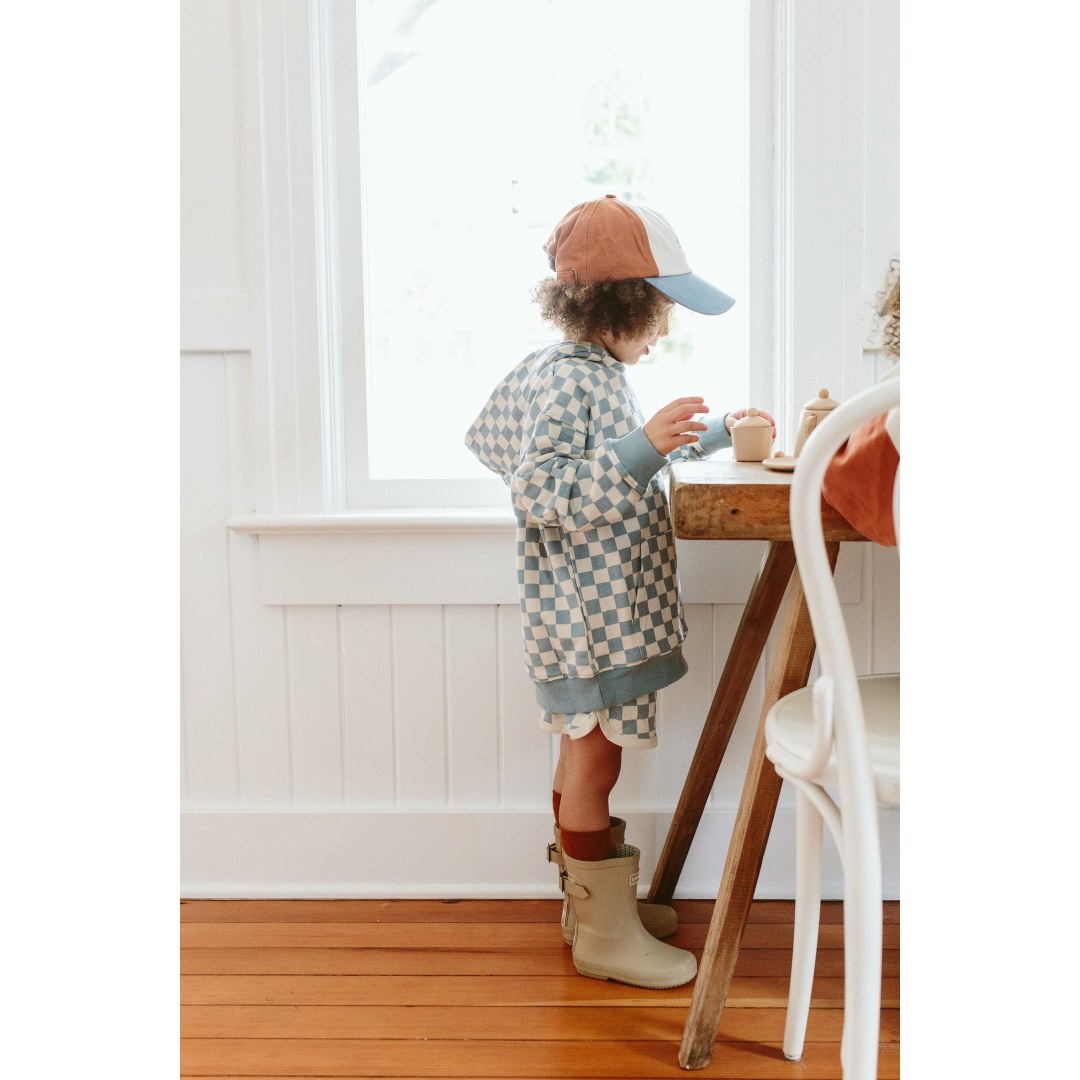
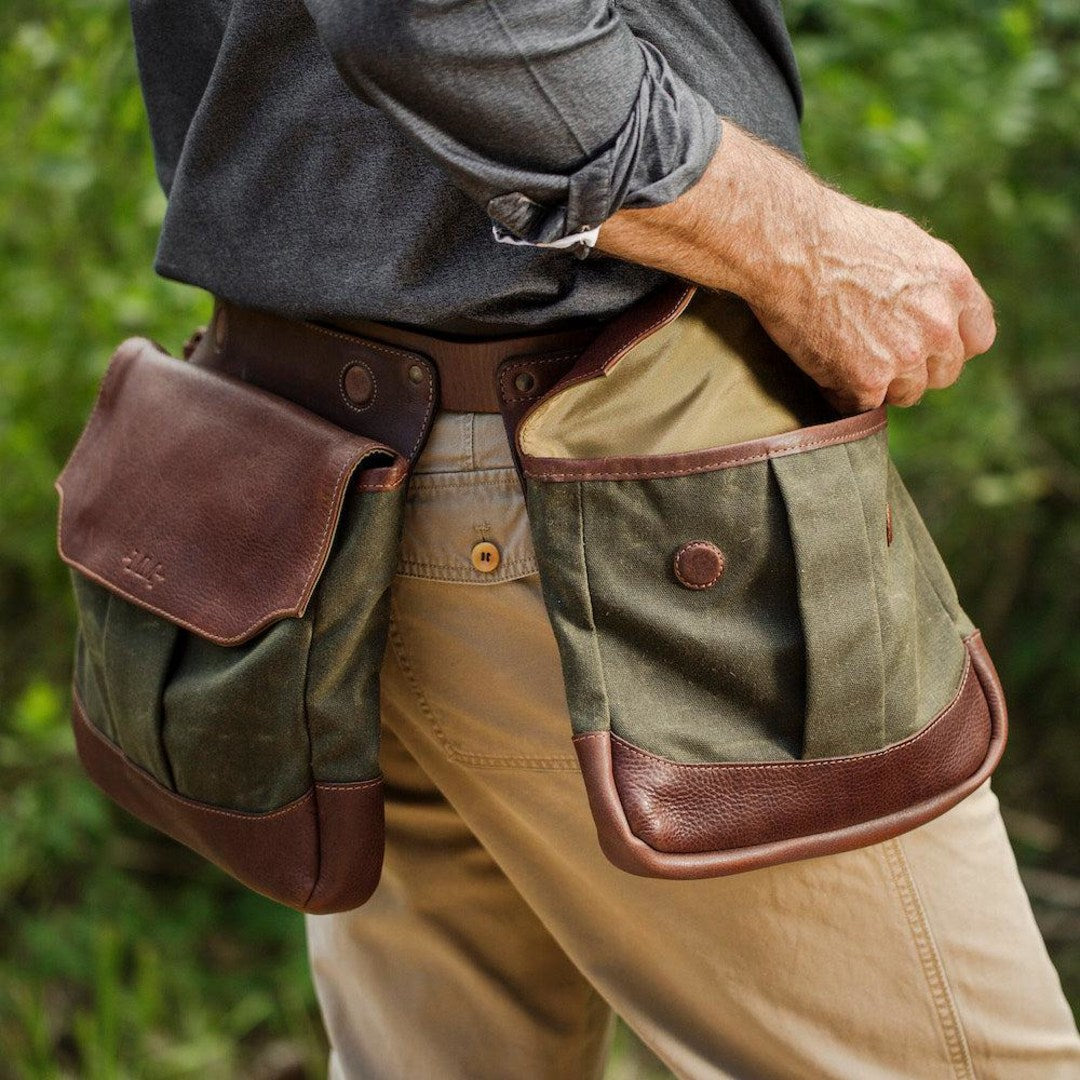
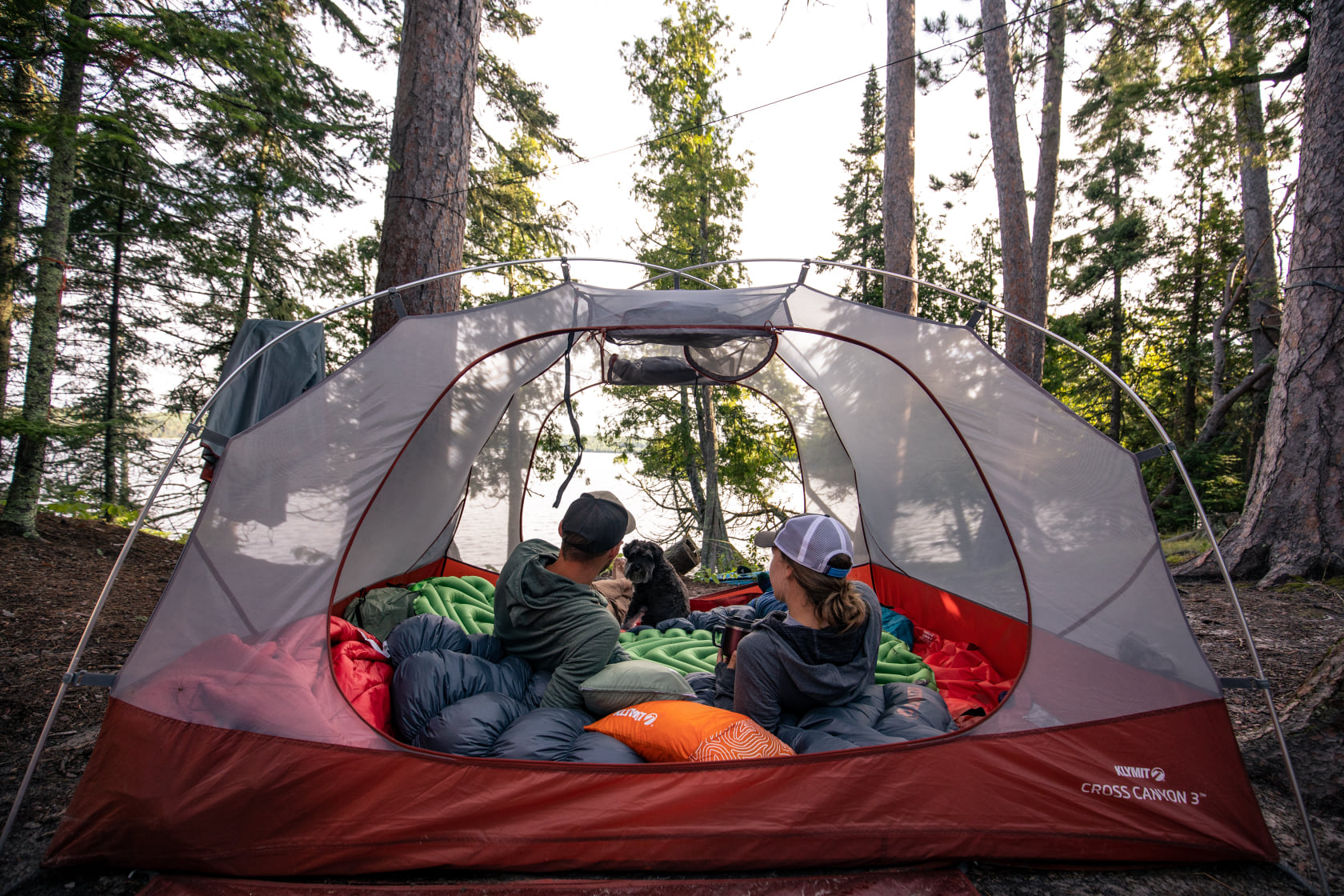

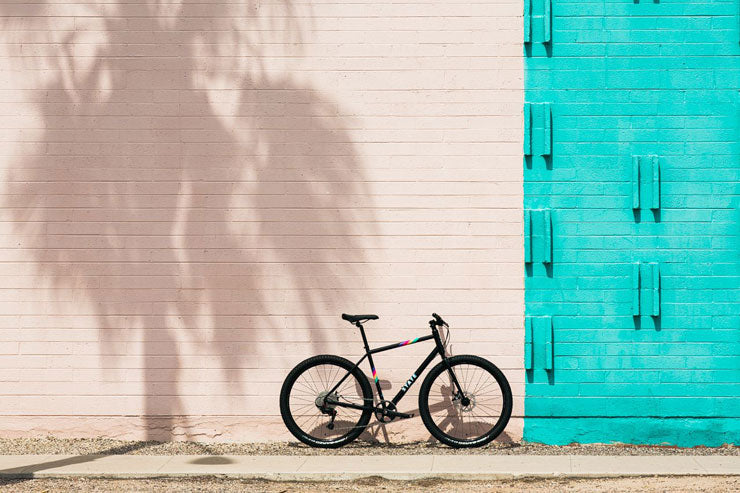


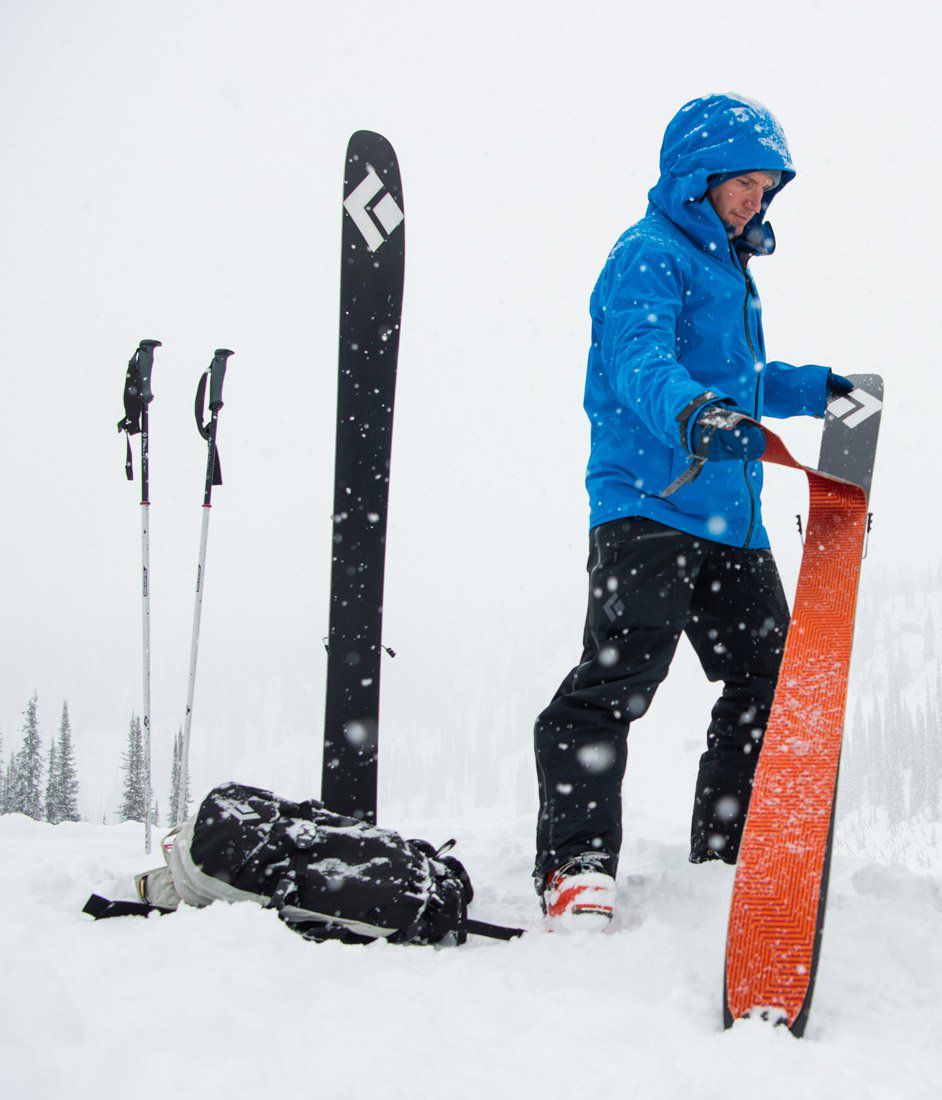
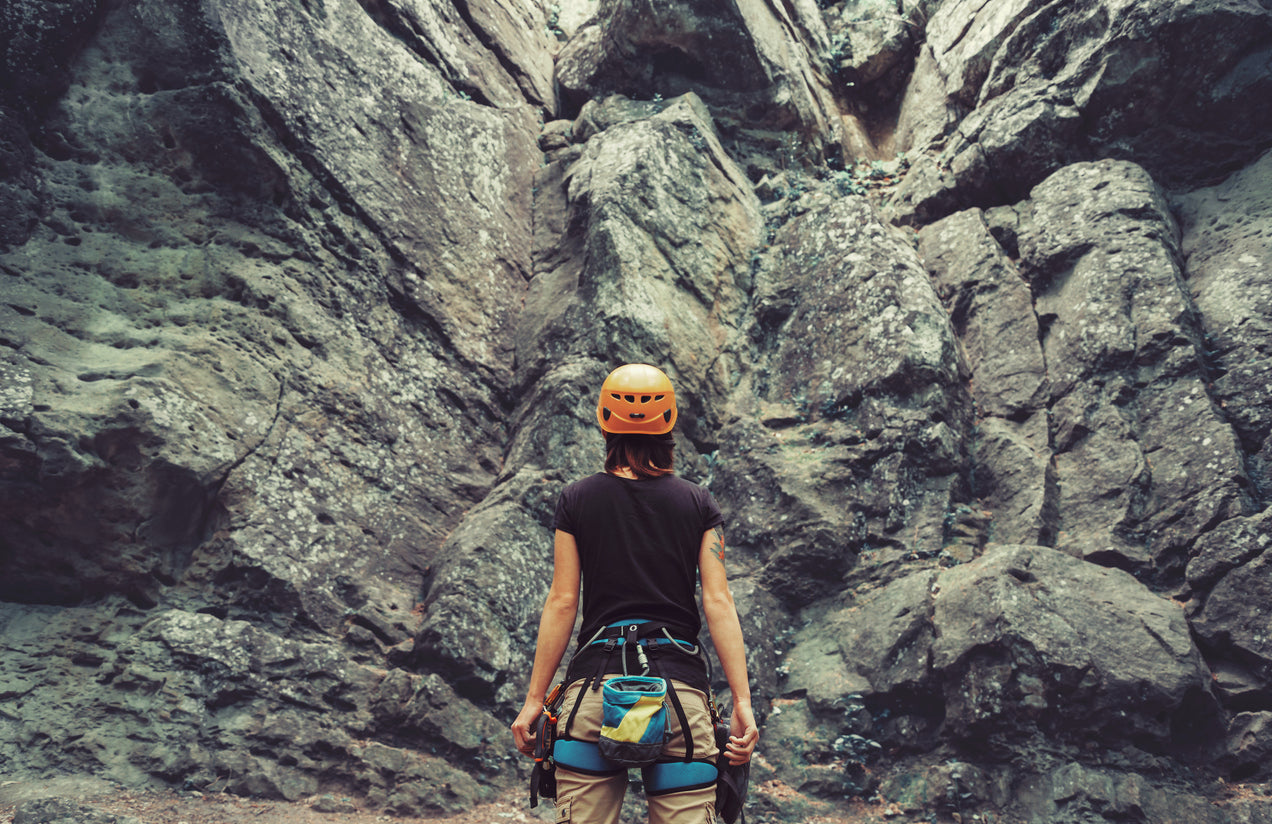
Leave a comment
This site is protected by hCaptcha and the hCaptcha Privacy Policy and Terms of Service apply.